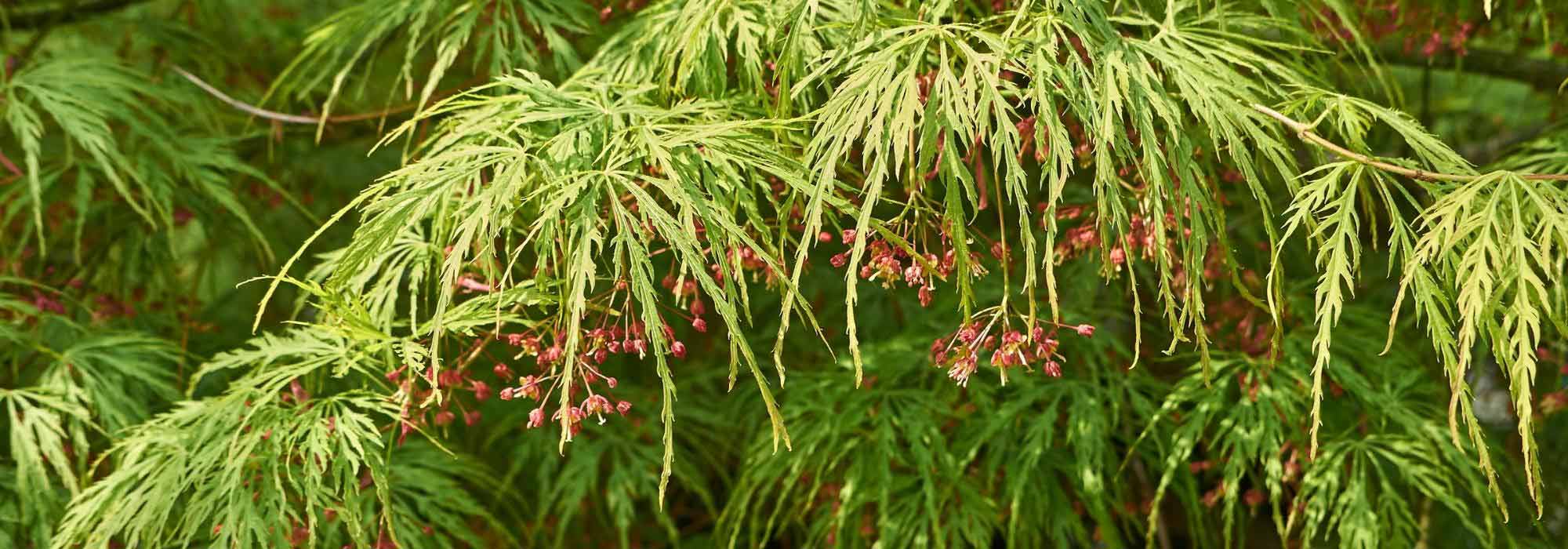
7 weeping shrubs
When grace and flexibility invite themselves into the garden
Contents
Bending their flexible branches, weepinp shrubs add a touch of romance to the garden. Arched and trailing branches soften somewhat stiff plant displays and rustle in the wind. Our selection of naturally arched bushes will provide you with some ideas to introduce this welcome flexibility and lighten the compositions of bushes and perennials.
→ Our Plantfit app will allow you to choose the most suitable weeping trees and shrubs for your garden in just a few clicks!
Acer palmatum 'Emerald Lace': a highlight to showcase
This Japanese maple – Acer palmatum ‘Emerald Lace‘ – is a graceful wonder for cool soil gardens! Its trailing branches with very fine, dissected foliage give it the appearance of a ballerina. Unlike the usual requirements of Japanese maples, this one offers the added grace of adapting much more easily to the growing conditions we provide: a bit of lime doesn’t faze it, nor do the rays of sunshine to which it willingly exposes its lovely foliage, as long as it grows in cool soil. Both vigorous, compact, and hardy, it will grow to about 2m in height with a nearly similar spread. In spring, its light green deciduous foliage will gradually evolve into a more vibrant colour before adorning itself with deep, vibrant hues in autumn.
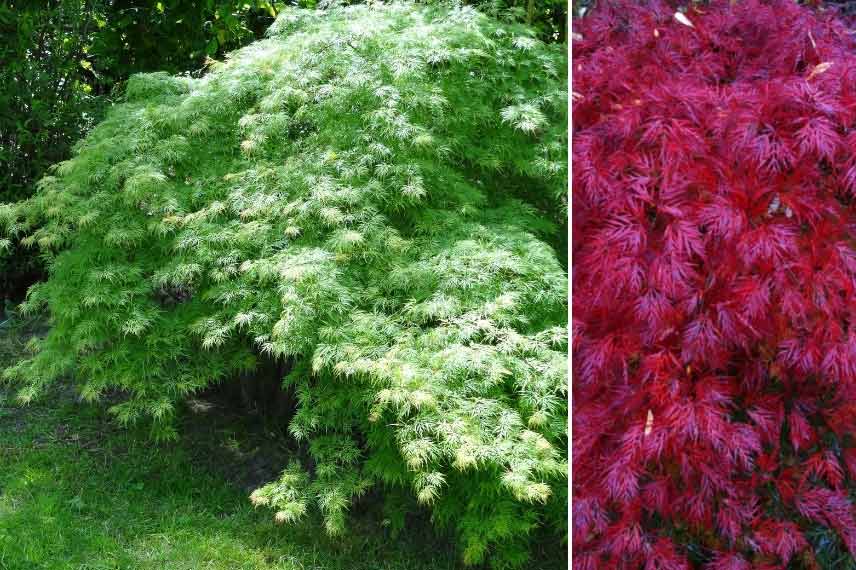
Acer palmatum ‘Emerald Lace’
Read also
Trees and bushes: different habitsBuddleja lindleyana: low maintenance
Also known as the Butterfly Tree of Lindley, the Buddleja lindleyana is a worthy deciduous representative of the genus Buddleja, which comprises around a hundred species. Its arching habit gives it a somewhat languid charm, bending under its clusters of blue-violet flowers from July to September. This charm is enhanced in the beautiful season when clouds of butterflies flutter around its silhouette. Reaching 2m in height and nearly 2m in width, it can be planted alone, mixed into a lively country-style hedge, or placed in a border where its trailing habit will soften the outlines of more upright shrubs. You won’t hesitate to adopt it, as its cultivation is easy, tolerating all types of soil and hardy down to -20°C.

Buddleja lindleyana
Discover other Weeping trees and shrubs
View all →Available in 0 sizes
Available in 1 sizes
Available in 1 sizes
Available in 1 sizes
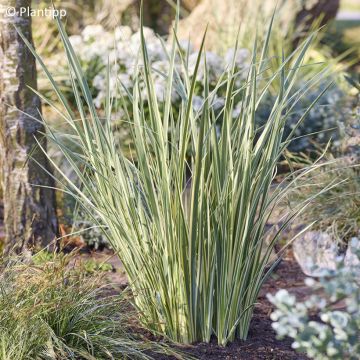
Available in 1 sizes
Available in 1 sizes
Available in 1 sizes
Available in 1 sizes
Available in 2 sizes
Available in 1 sizes
Cercis canadensis 'Vanilla Twist': twisted
It is commonly known as White Weeping Eastern Redbud: this vernacular name aptly describes the Cercis canadensis ‘Vanilla Twist’. A recent variety, this Eastern Redbud is a low-maintenance shrub: drought-resistant, hardy down to -15°C, and tolerant of all soils, provided they are well-drained… it boasts numerous qualities. Its stunning white flowering is another, heralding the arrival of spring with its early blooms on its naked, twisted branches. The heart-shaped foliage will then appear, initially emerald green, evolving to brilliant gold in autumn. This deciduous foliage is supported by flexible, arching branches that trail down to the base of the tree. The variety ‘Vanilla Twist’ will have a moderate growth, making it a perfect fit even in small gardens: its height will not exceed 3.50 m and its spread will be 2.50 m. Planted as a specimen, it will beautifully illuminate spring with its highly ornamental trailing silhouette. In a free-form hedge, it will balance the dynamics of upright shrubs, and in the background of a large mass of shrubs and perennials, it will add an unexpected charm to compositions that lack a bit of originality.
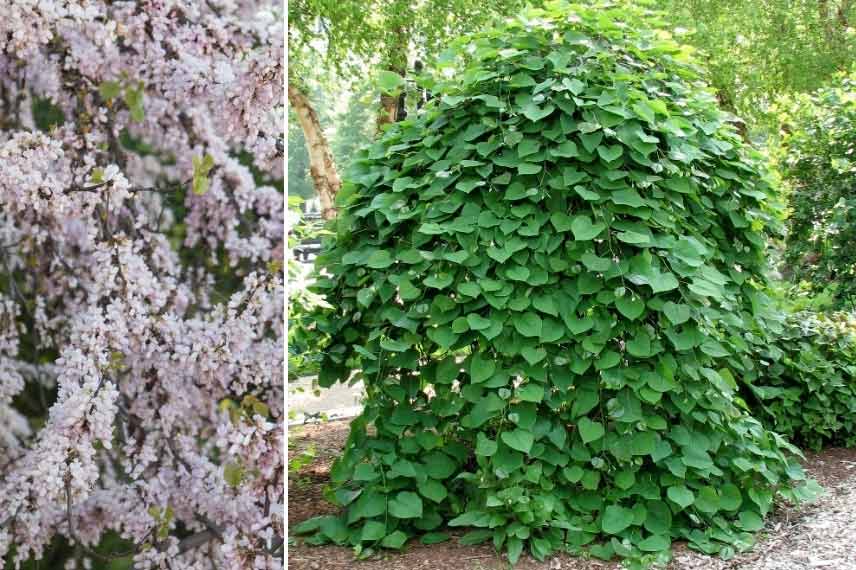
Cercis canadensis ‘Vanilla Twist’
Exochorda x macrantha 'The Bride': a snow-white veil in spring
A beautiful weeping habit for this Exochorda x macrantha ‘The Bride’! Graceful and delicate, this lovely shrub is covered in clusters of pure white flowers in April and May, hence its name ‘The Bride’, which means “the young bride” in English. Very hardy and easy to grow in the garden, it can brighten up beautiful spring scenes alongside evergreen shrubs with a more rigid habit. It tolerates dry soils, preferably well-drained and slightly acidic to neutral. Plant it in full sun to see it thrive and grow up to 2 m in height, with a slightly larger spread of up to 3 m.

Exochorda x macrantha ‘The Bride’
Hamamelis japonica 'Pendula': a rare weeping habit
The names of cultivars sometimes indicate the habit of the tree or shrub: for instance, ‘Pendula’ refers to a weeping subject. The weeping Witch Hazel, known by its Latin name Hamamelis japonica ‘Pendula’, will add grace to a group of heather soil shrubs where Rhododendrons and Pieris remain massive and static. It will prove effective in brightening the winter season with its abundant crumpled yellow flowering, set on its arching branches, which are quite unique for this genus. Hamamelis, also known as Witch Hazels, are shrubs that prefer heather soil, thriving in rich, cool soils even during the summer season. Perfectly hardy, this one will find its place in a wooded border or at the edge of a woodland, where it will reach a height at ripeness of 2.50 m and a spread of 3.00 m.

Hamamelis japonica ‘Pendula’
Laburnum alpinum 'Pendulum': cascades of golden clusters
The Laburnum alpinum ‘Pendulum’ or Alpine Laburnum is a marvel when its languid, trailing branches are adorned in May-June with long clusters of golden yellow flowers. This deciduous shrub will quickly find a lovely spot in your country-inspired flower beds, alongside flowering perennials and more rigid evergreen shrubs. It has many qualities: rapid growth, fragrant and bright flowering, tolerance to all types of soil, even poor and calcareous, and hardiness down to -20°C. When planted in the city, it also copes very well with pollution.
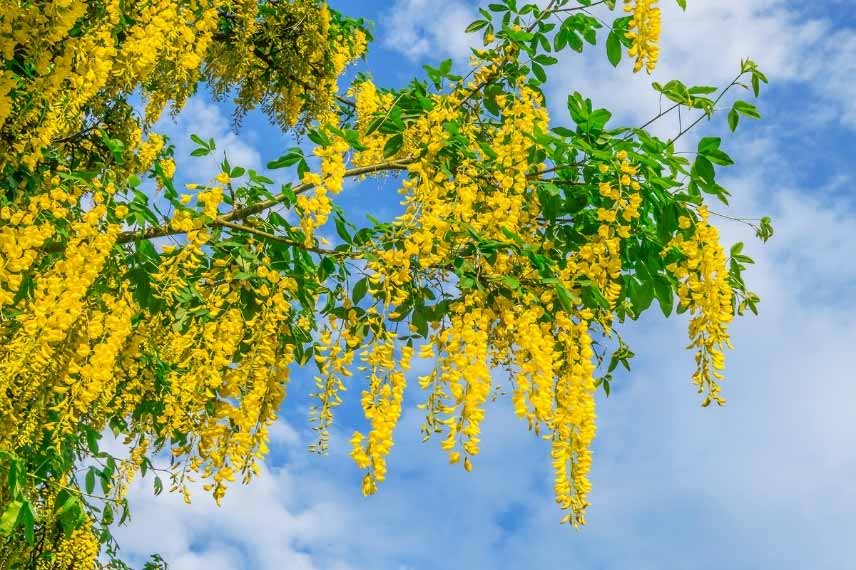
Laburnum alpinum ‘Pendulum’
Lycium barbarum: a delight!
A vitamin boost with the well-known Goji berries from Lycium barbarum! This Goji Gojidelys variety boasts many qualities and offers a lovely weeping habit, making it ideal for creating a fruit hedge. Self-fertile and highly productive, this deciduous shrub produces small fruits to be harvested between August and October after a beautiful purple flowering. Plant it in full sun, in well-drained ordinary soil that is somewhat calcareous, and ensure it retains a bit of moisture at the base. Hardy (-15°C), it will develop into a stunning weeping specimen of 1.5m in all directions.

Lycium barbarum
- Subscribe!
- Contents

































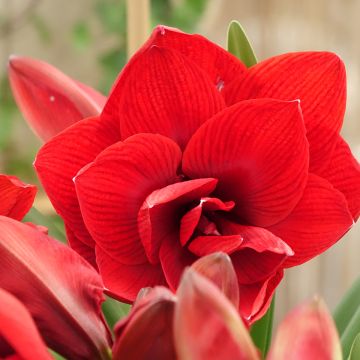


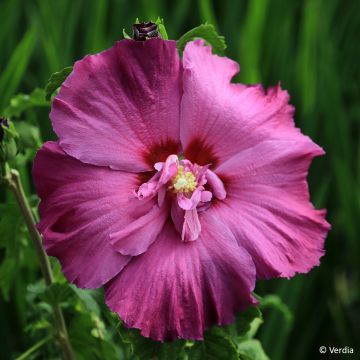

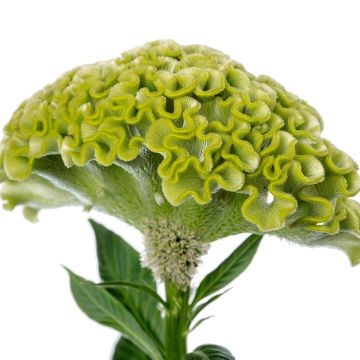
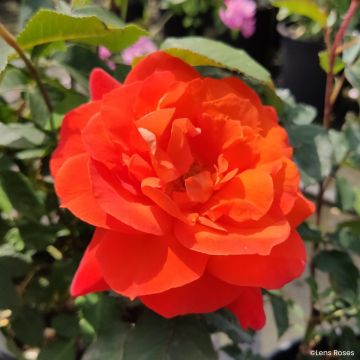

Comments